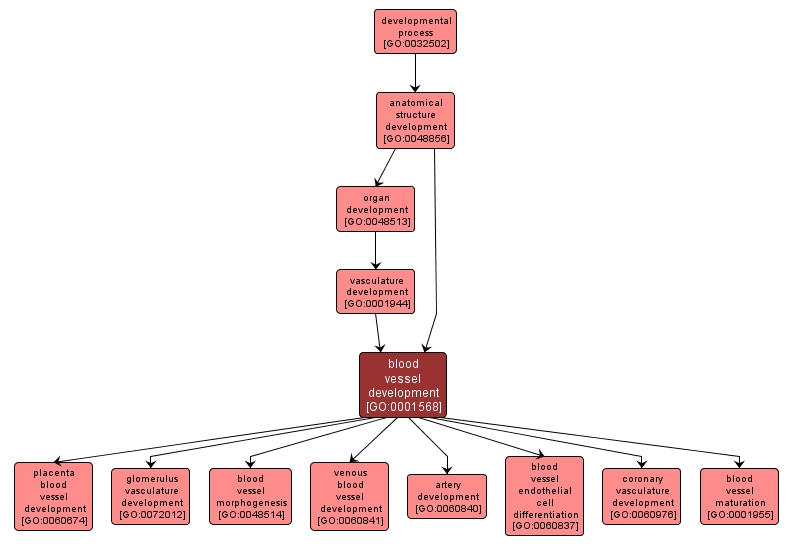GO TERM SUMMARY
|
| Name: |
blood vessel development |
| Acc: |
GO:0001568 |
| Aspect: |
Biological Process |
| Desc: |
The process whose specific outcome is the progression of a blood vessel over time, from its formation to the mature structure. The blood vessel is the vasculature carrying blood. |
|

|
INTERACTIVE GO GRAPH
|














